U.S. Fuel Economy Targets Too Difficult and Costly to Meet: Automakers

A group of automakers wants Big MPG to know they’re out of touch when it comes to fuel efficiency targets, and would really like it if they stopped paying so much attention to California.
The Alliance of Automobile Manufacturers — a Washington lobbying group made up of General Motors, Ford, Fiat Chrysler Automobiles, Volkswagen and Toyota — wants to impact the midterm review of 2025 fuel economy targets set in 2011, Bloomberg reports.
Current corporate average fuel economy (CAFE) regulations call for new cars and light trucks to average 54.5 miles per gallon by 2025, while reducing carbon dioxide emissions by 35 percent. A tall order, and perhaps too tall an order, depending on who you ask.
Achieving the target would add roughly $1,800 to the cost of a new vehicle, the government estimates, a figure the alliance says is too high. In a report issued to help sway the regulators reviewing the plan, the alliance states “the payback period for alternative technologies extends beyond the timeframe most consumers consider.”
The midterm review is just getting started, with the U.S. Environmental Protection Agency, National Highway Traffic Safety Administration and California Air Resources Board busy sharpening their pencils to see if the target is still doable. A draft technical assessment is expected to drop within a week or two.
Last year, the EPA said new vehicle fuel economy rose by five miles per gallon in the previous decade — an increase of 26 percent. However, the alliance claims that to meet the target, fuel economy would have to rise by 67 percent in the 13 years leading up to 2025. To make that happen, about 47 percent of new vehicles would have to be as efficient as hybrids, they said.
Another issue needling the alliance is California’s influence in federal fuel economy standards. The state plans to assess its 2022–2015 carbon dioxide targets and issue a report later this year, well before the end of the federal midterm review. The automaker group feels could unfairly influence the national debate on fuel economy.
California also adopted a requirement that states 15.4 percent (or more) of new vehicle sales must be zero-emission models by 2025. Nine other states adopted that plan.
A final determination and ruling on the 2025 targets is expected no later than April 1, 2018.
[Image: University of Michigan]

More by Steph Willems
Latest Car Reviews
Read moreLatest Product Reviews
Read moreRecent Comments
- Jalop1991 There is no inflation. Everything is cheaper than it was 5 years ago. SHRIMP AND GRITS!
- ChristianWimmer Exterior and interior look pretty flawless for such a high mileage car. To me this is an indication that it was well-maintained and driven responsibly. It’s not my cup of tea but it’s bound to find an enthusiastic owner out there.And with ANY car, always budget for maintenance.
- Fred I'm a fan and watch every race. I've missed a few of the live races, but ESPN repeats them during more reasonable hours.
- Mikesixes It has potential benefits, but it has potential risks, too. It has inevitable costs, both in the price of the car and in future maintenance. Cars with ABS and airbags have cost me at least 2000 bucks in repairs, and have never saved me from any accidents. I'd rather these features were optional, and let the insurance companies figure out whether they do any good or not, and adjust their rates accordingly.
- Daniel Bridger Bidenomics working.




















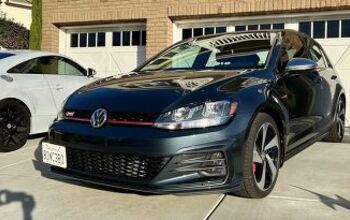
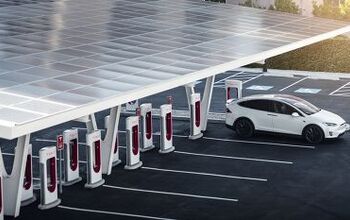
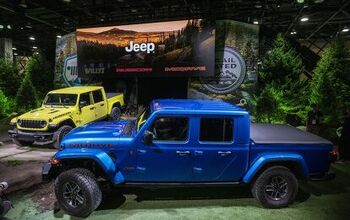


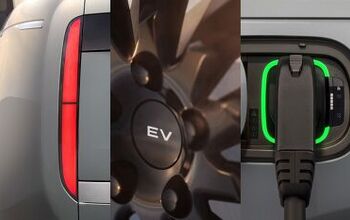

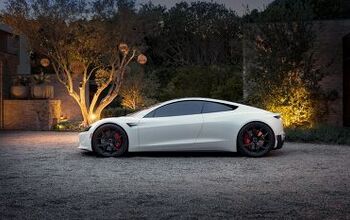
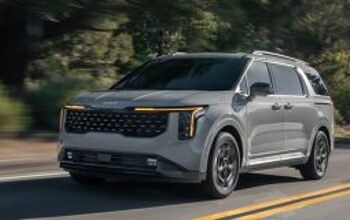
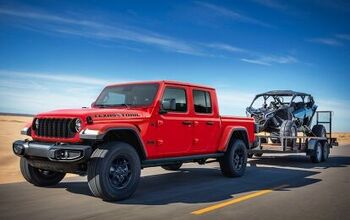
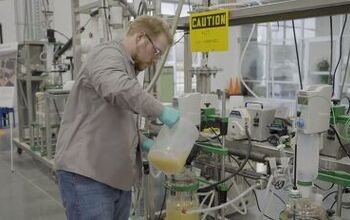


Comments
Join the conversation
Another option which I have yet to hear discussed is to instead cap (and decrease) oil imports. In 2015, The US had net oil imports of 4.65M barrels/day. http://www.eia.gov/tools/faqs/faq.cfm?id=727&t=6 Capping that number at, say, 4M will create a shortage which will then drive up the price of fuels, which then decreases demand and triggers more domestic production. Then, decrease the limit to 3.9M barrels/day, and then 3.8M, etc. The first exporters to cut off would be the middle east, then other OPEC countries, and lastly NAFTA. Limiting imports improves the trade deficit, which keep our money in our economy and promotes more domestic jobs. It stunts the flow of money to the mideast & encourages them to modernize so to keep from starving. It also divests the US' interests from that region meaning less military & security spending is necessary. Isolating the US oil market adds risk for production shortfalls, but it also insulates it from OPEC price manipulation. It also forces real conservation because otherwise, we run out and end up with lines at gas stations. I have no desire to see those, so it would have to be phased in at a rate for price increases motivate sufficient change without getting to crisis levels.
I think auto manufacturers should form an alliance to stonewall these regulations and the government. Other industries have done this through aggressive lobbying (for better or worse), so the automotive industry should as well. Strength is in numbers after all. I've said it before and I'll say it again. Let the manufacturers and consumers come to an agreement on where fuel economy targets should be.